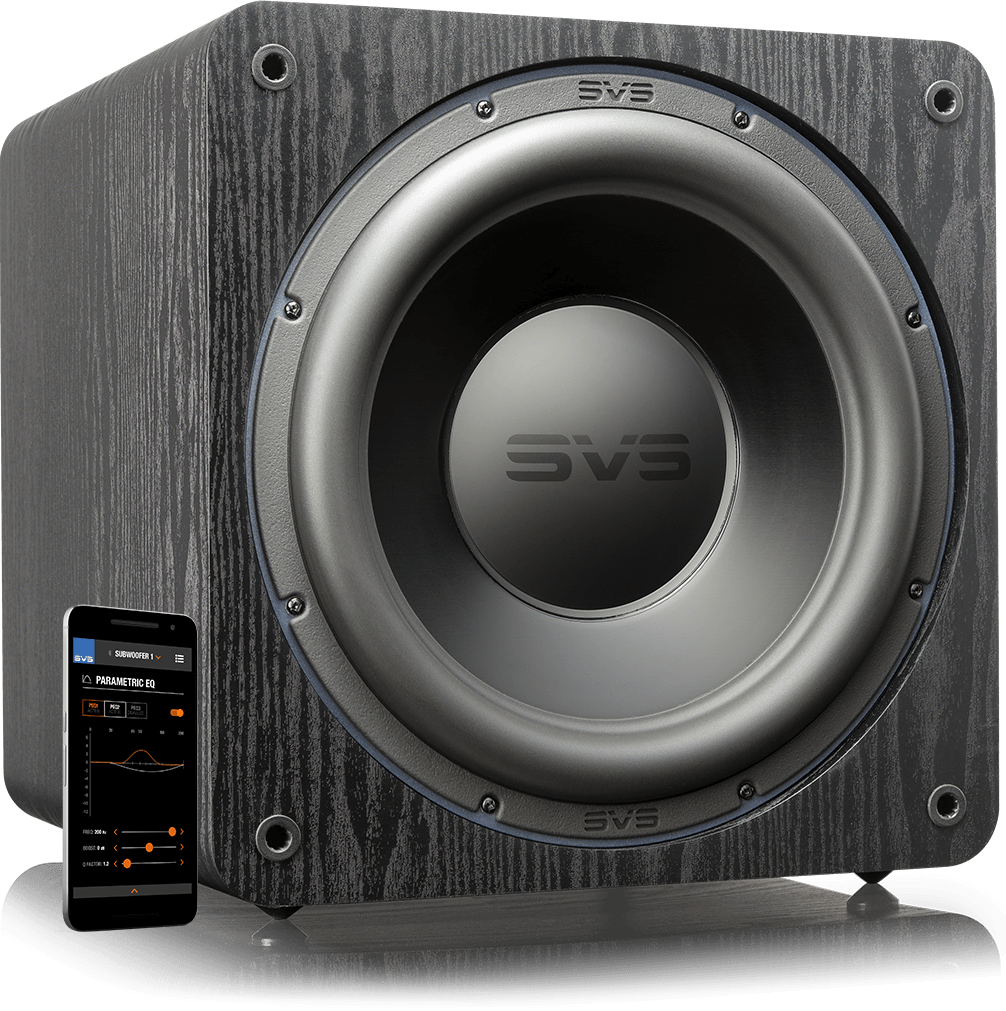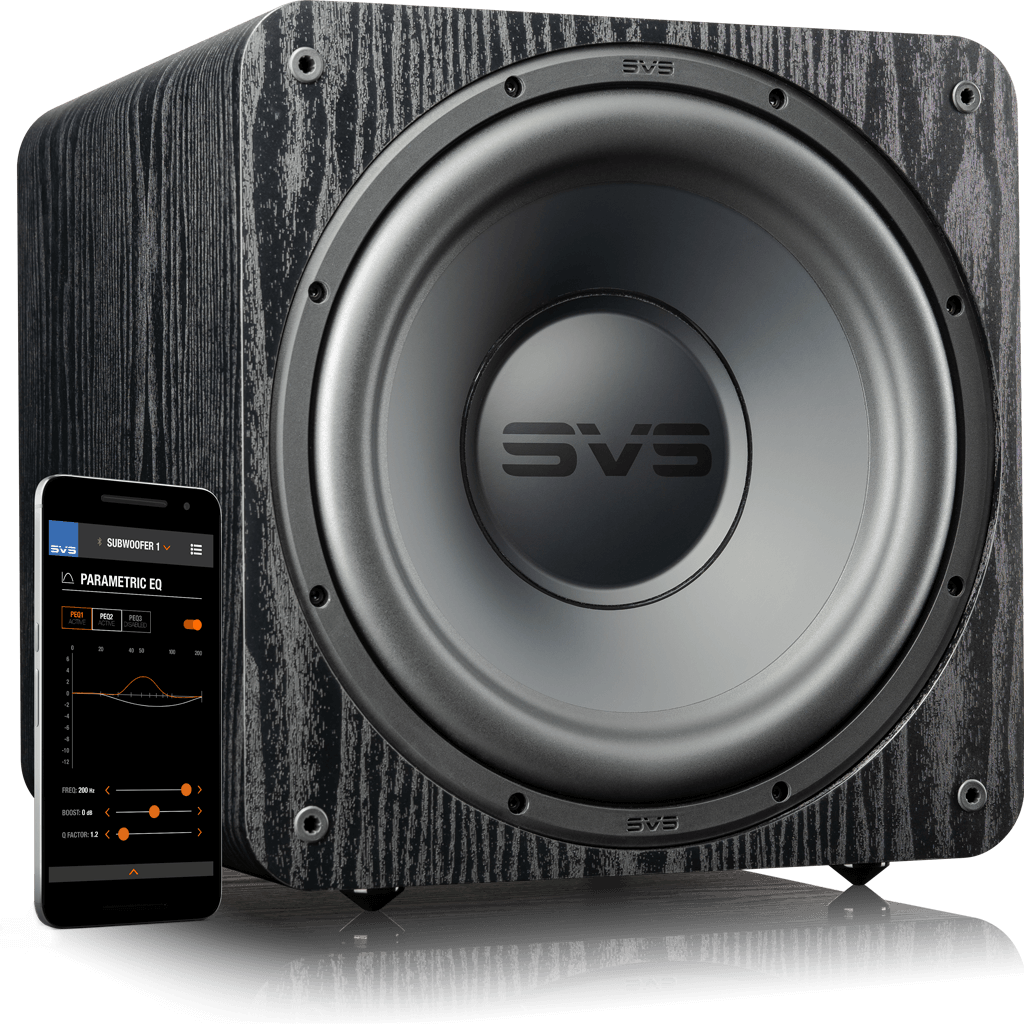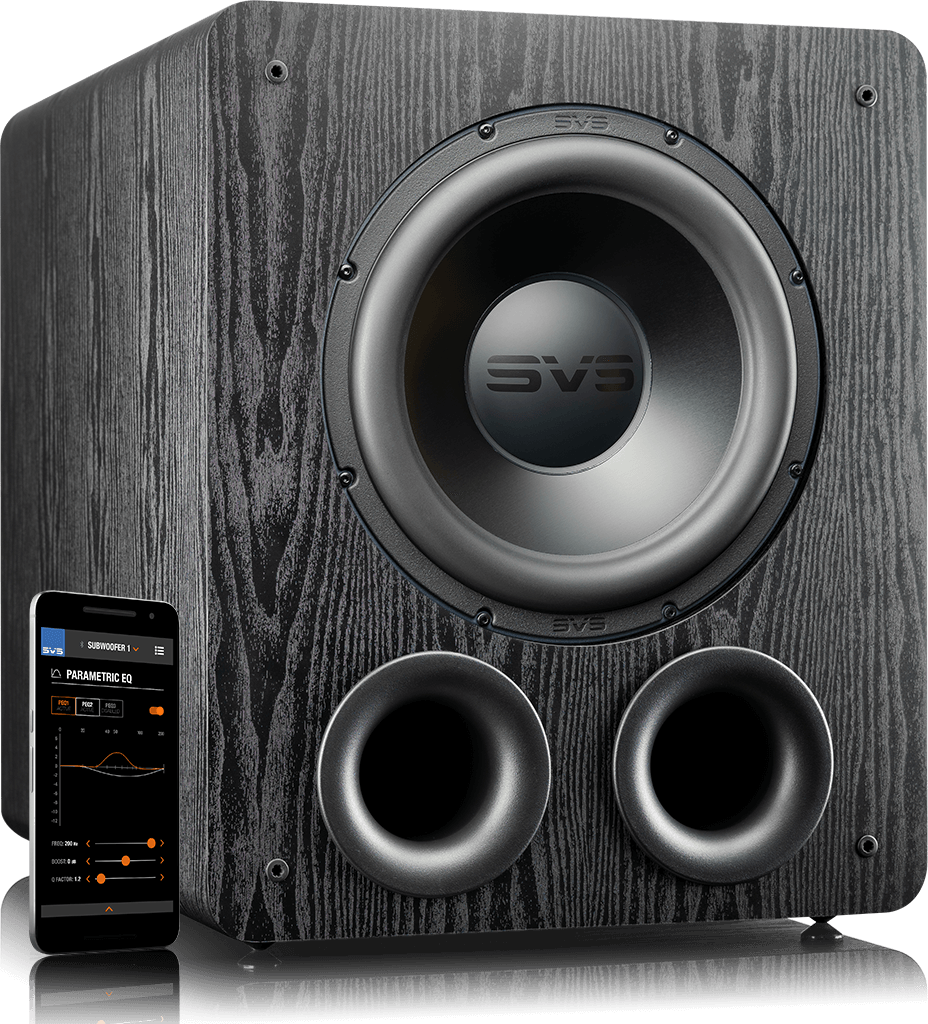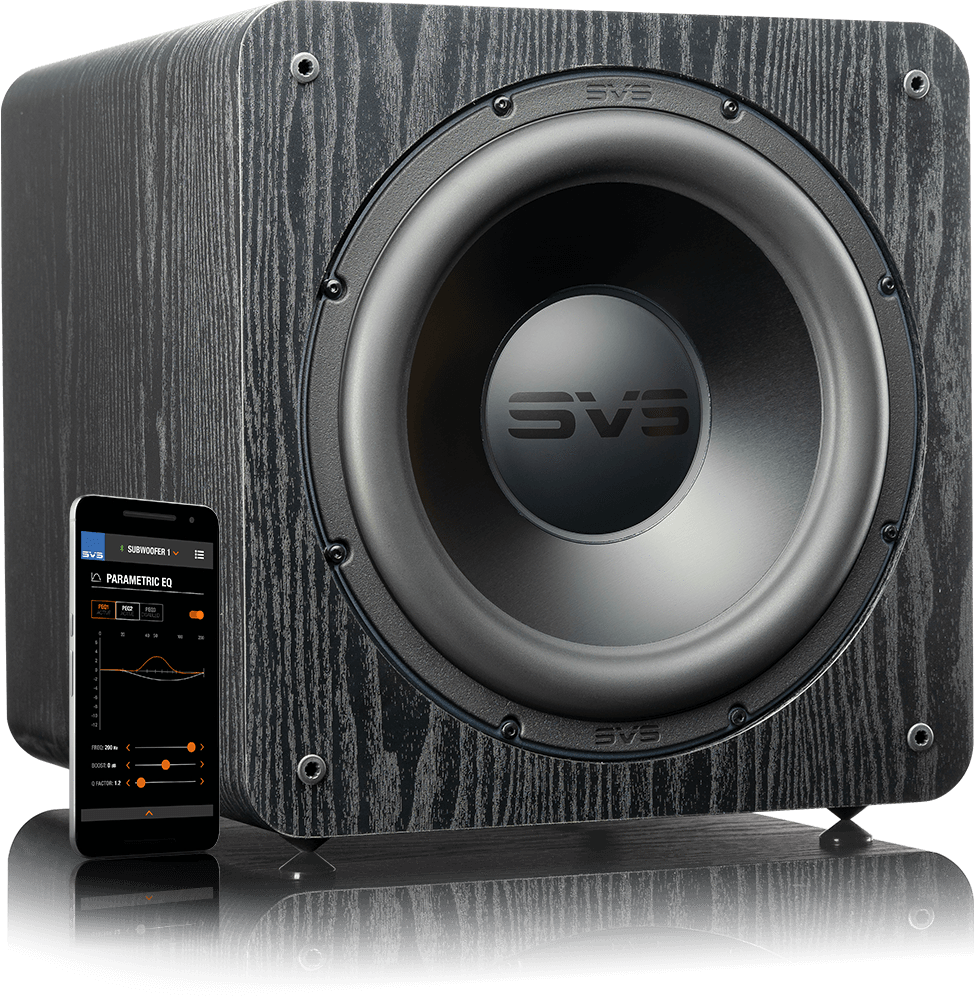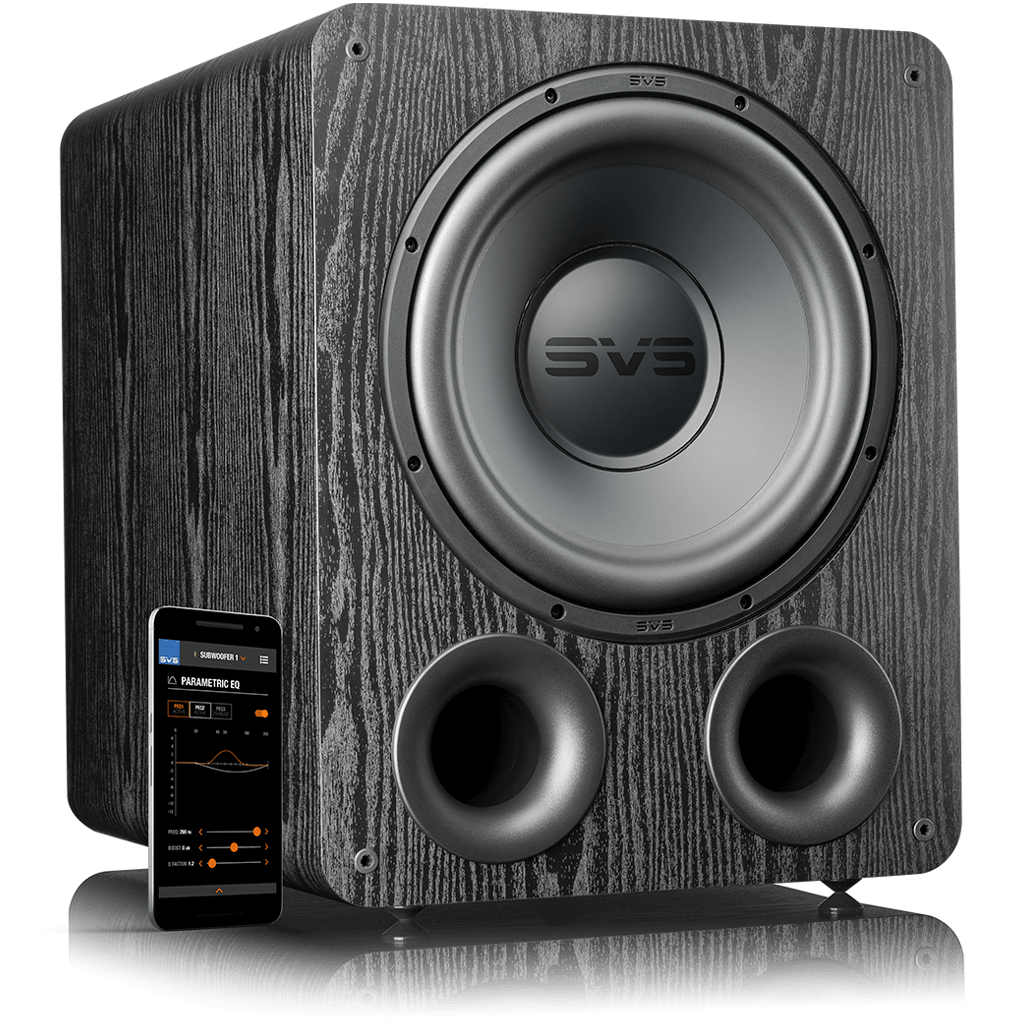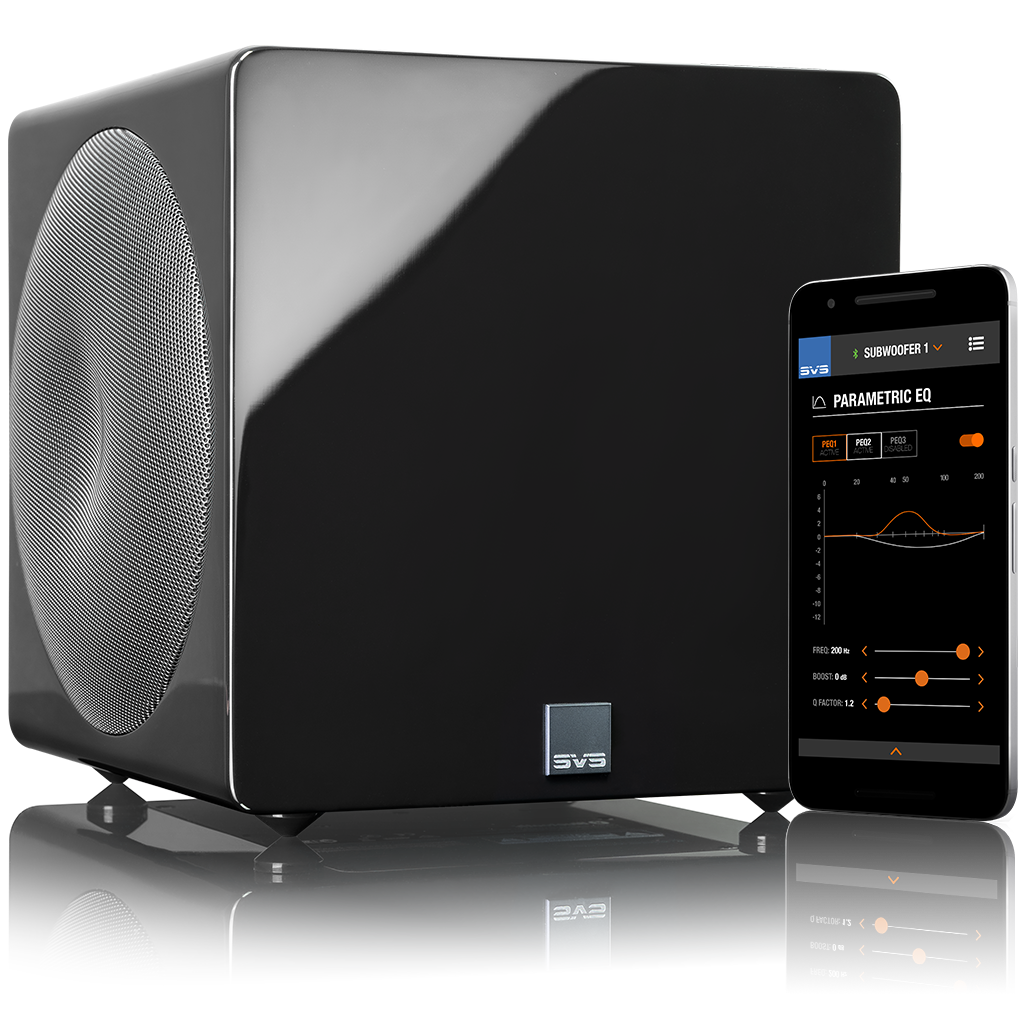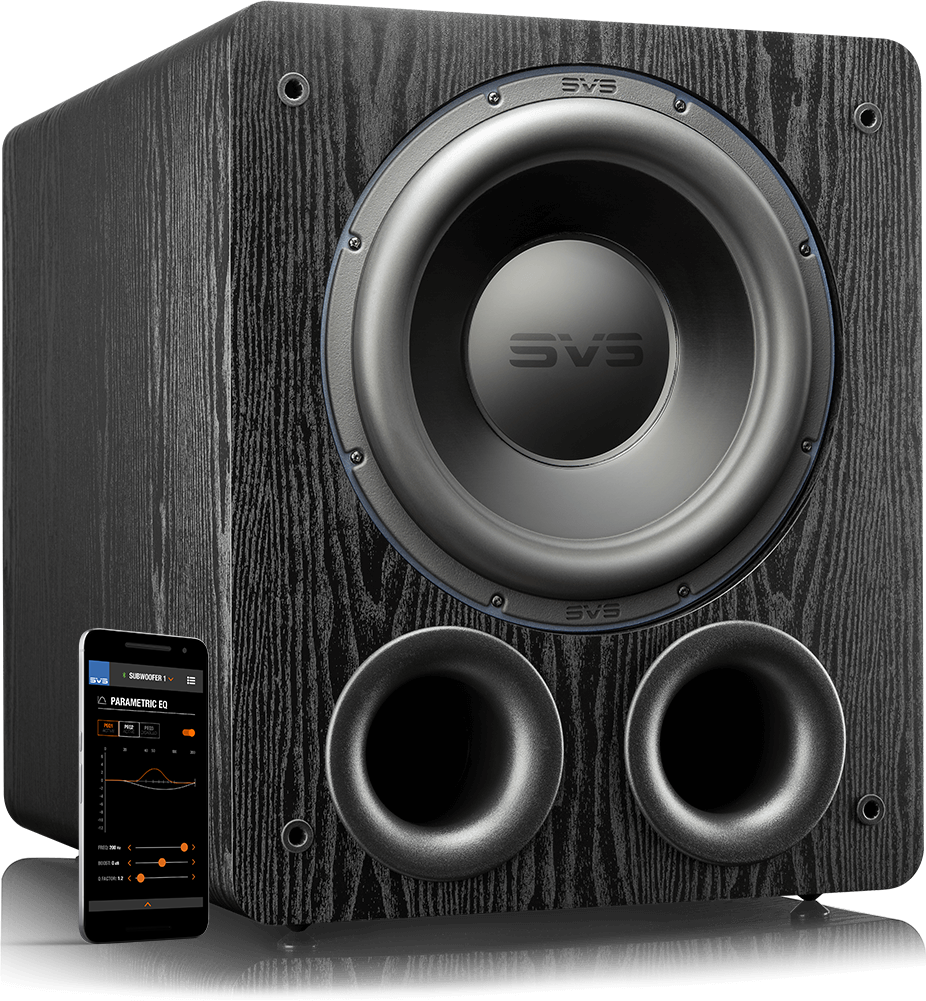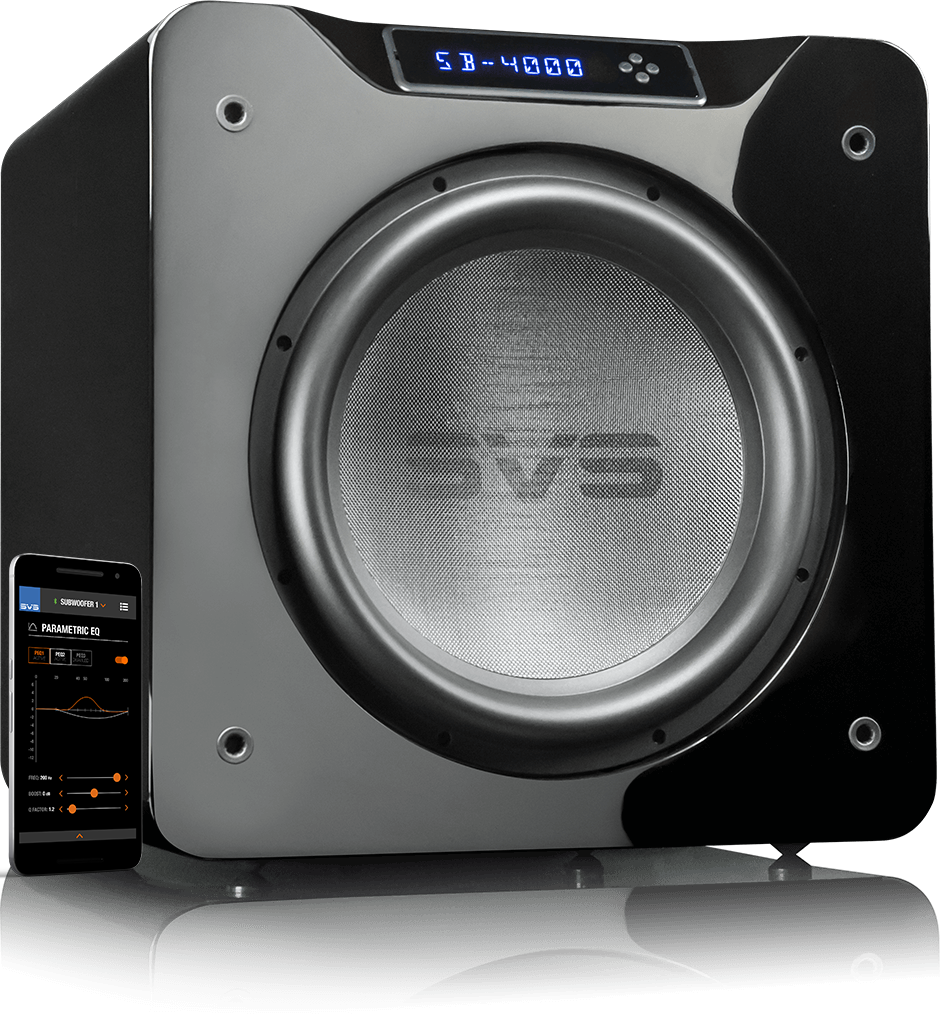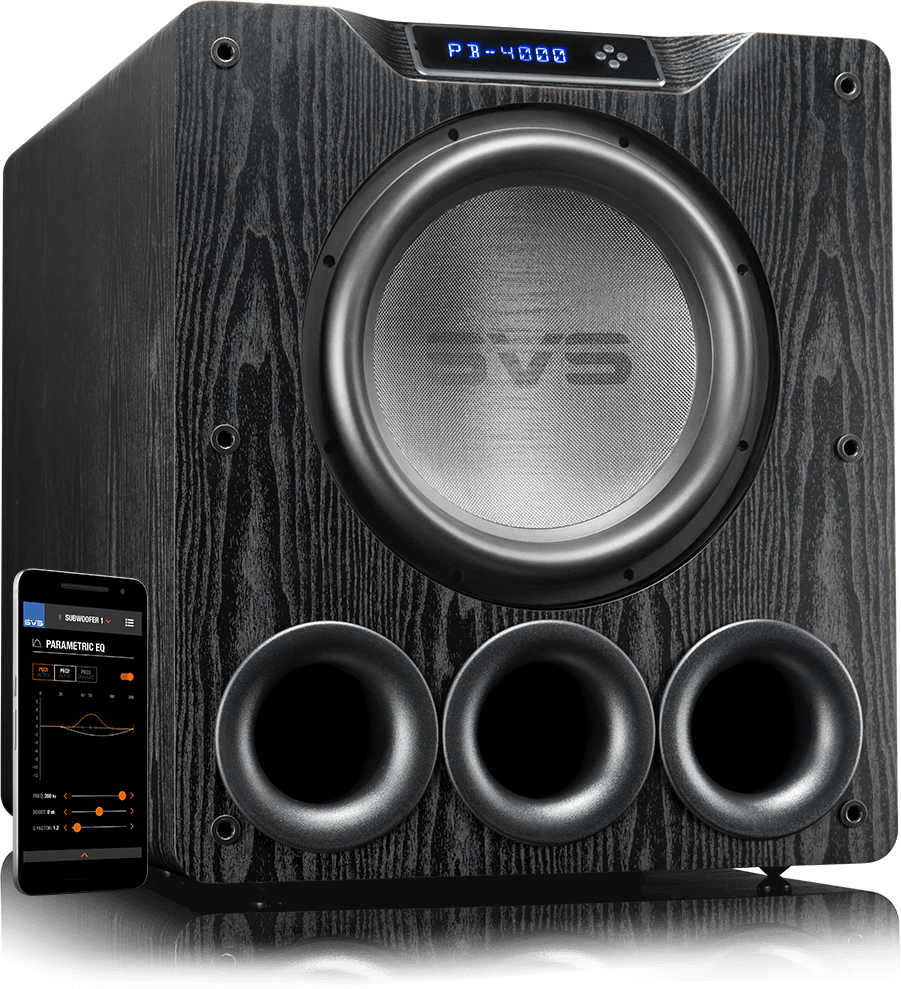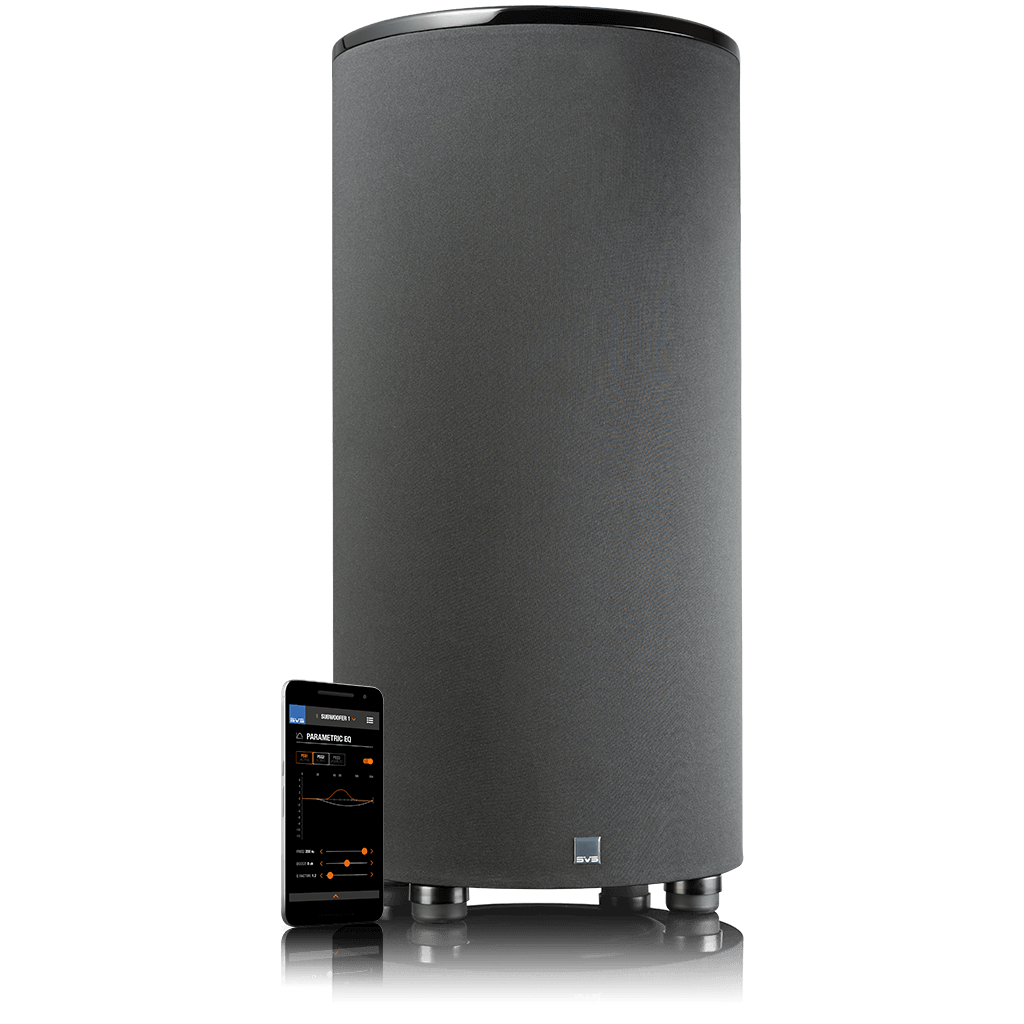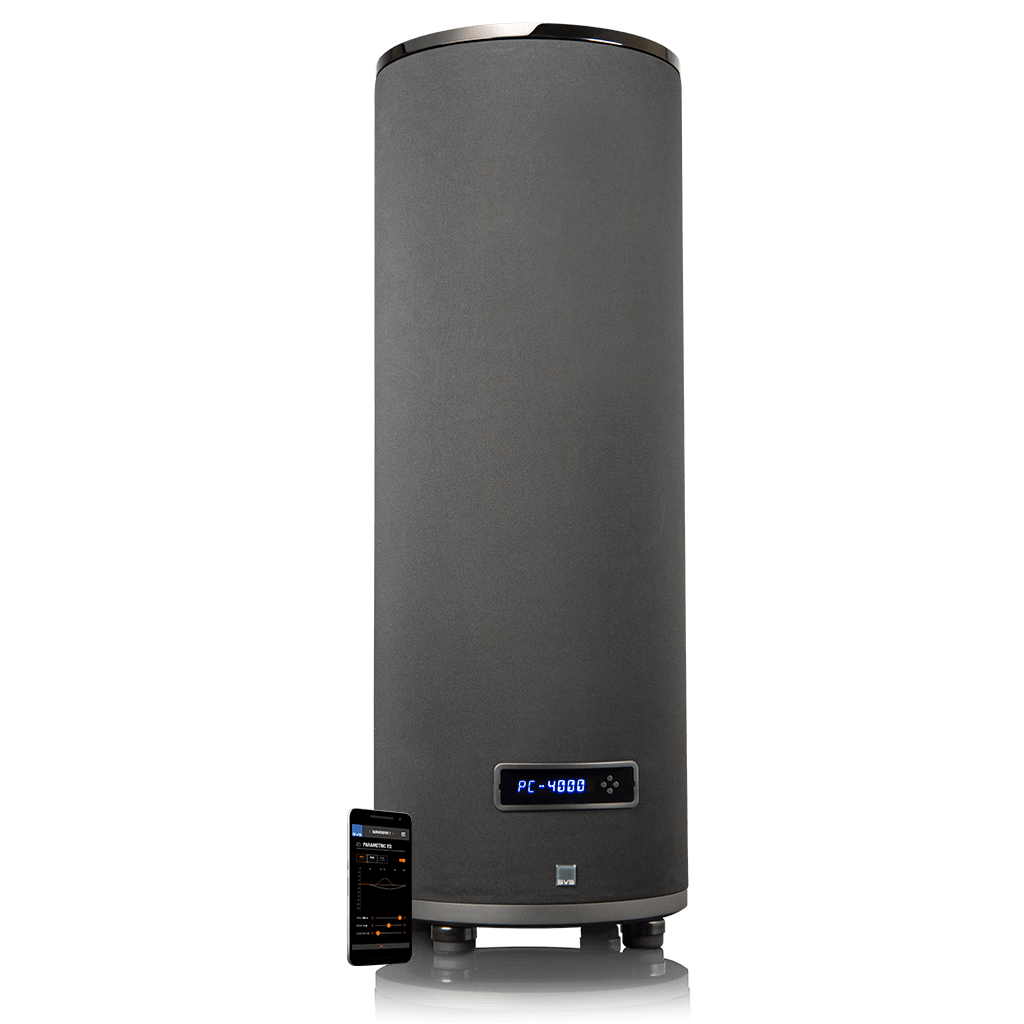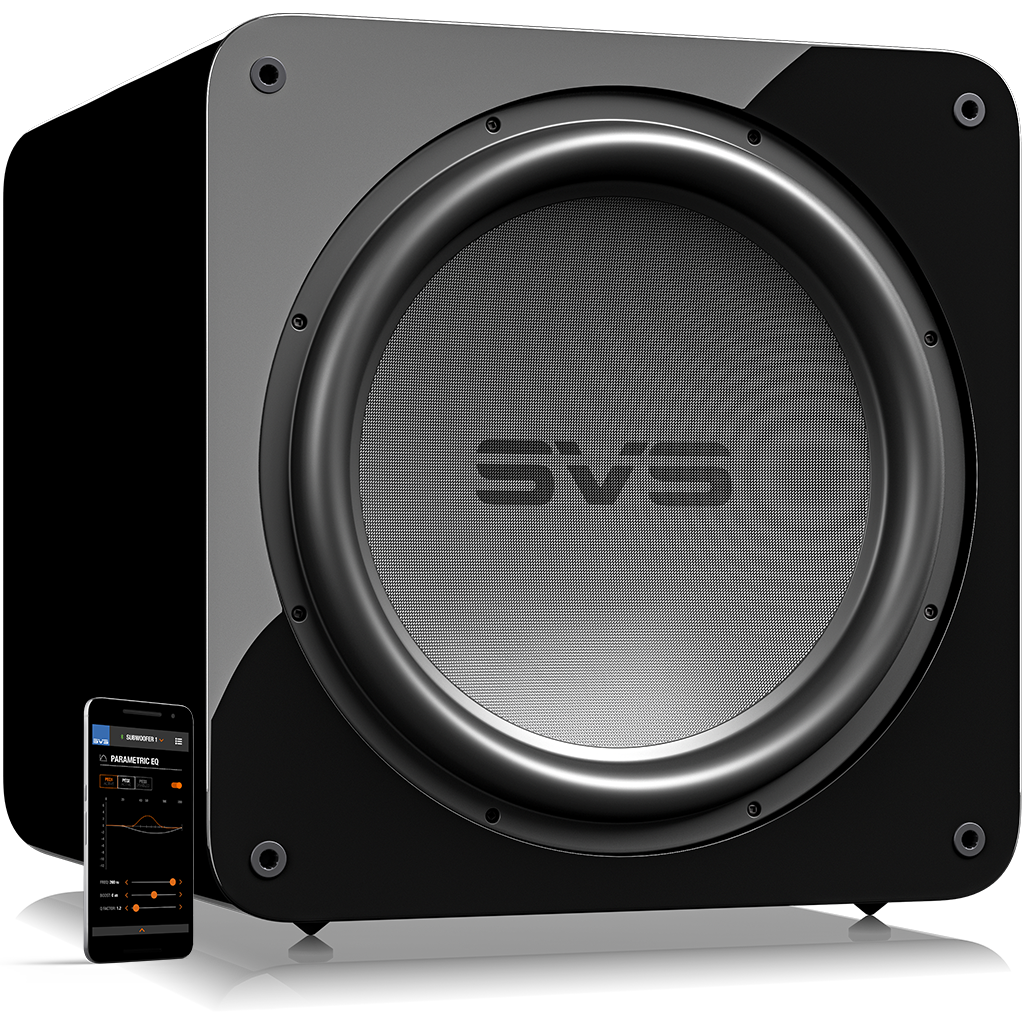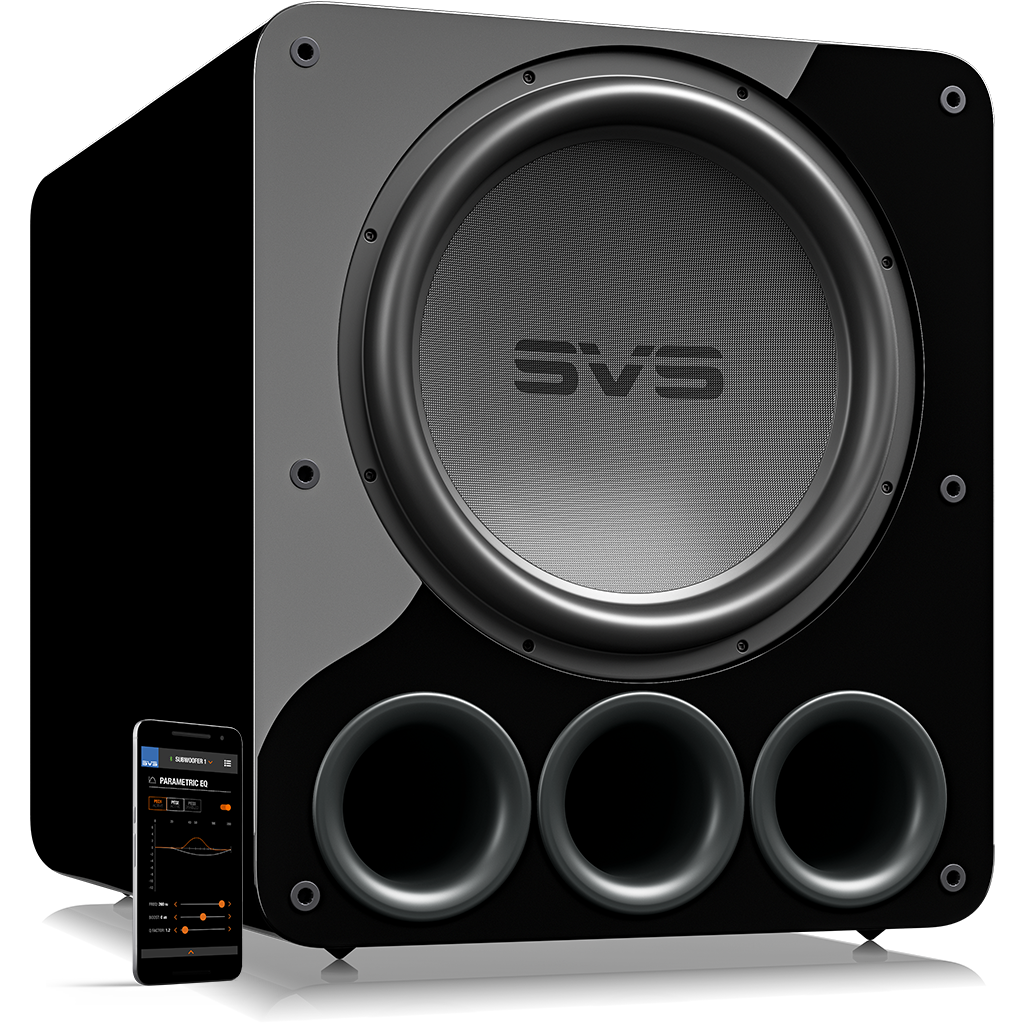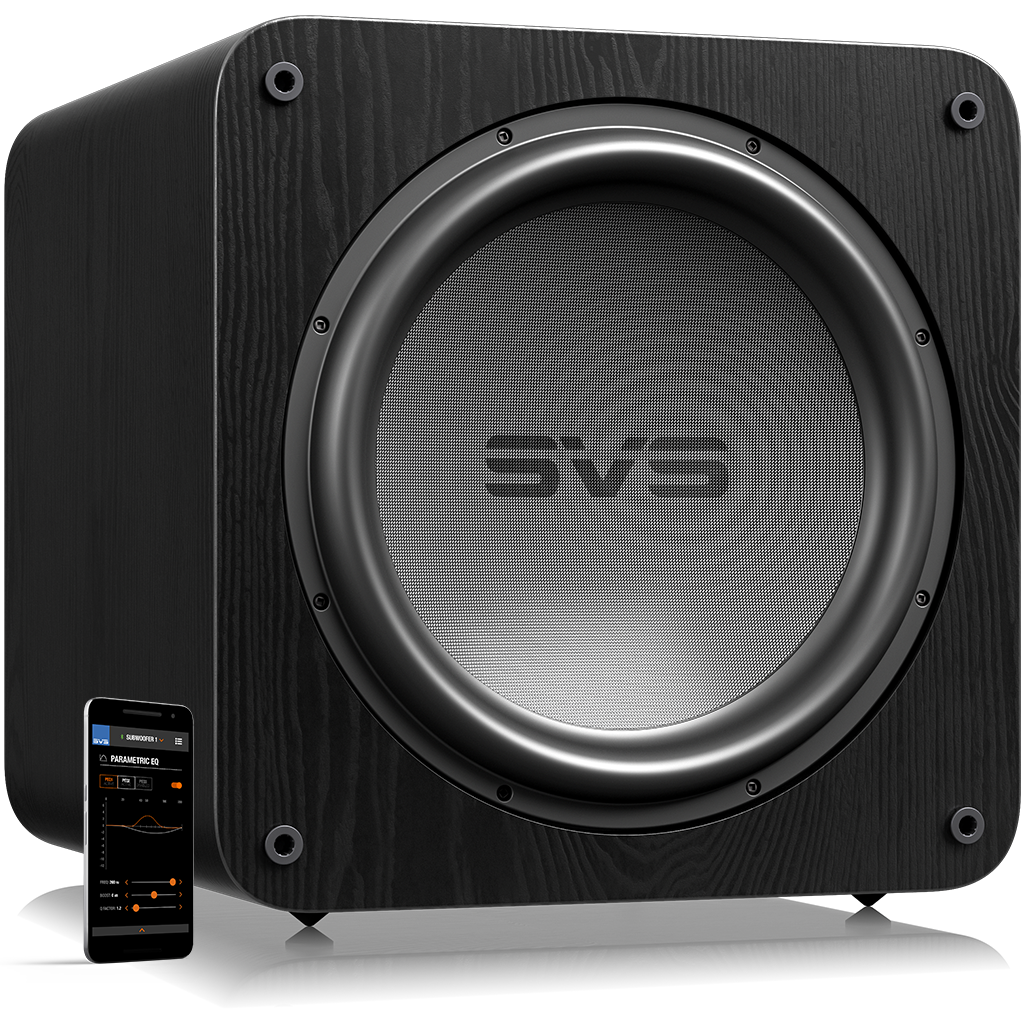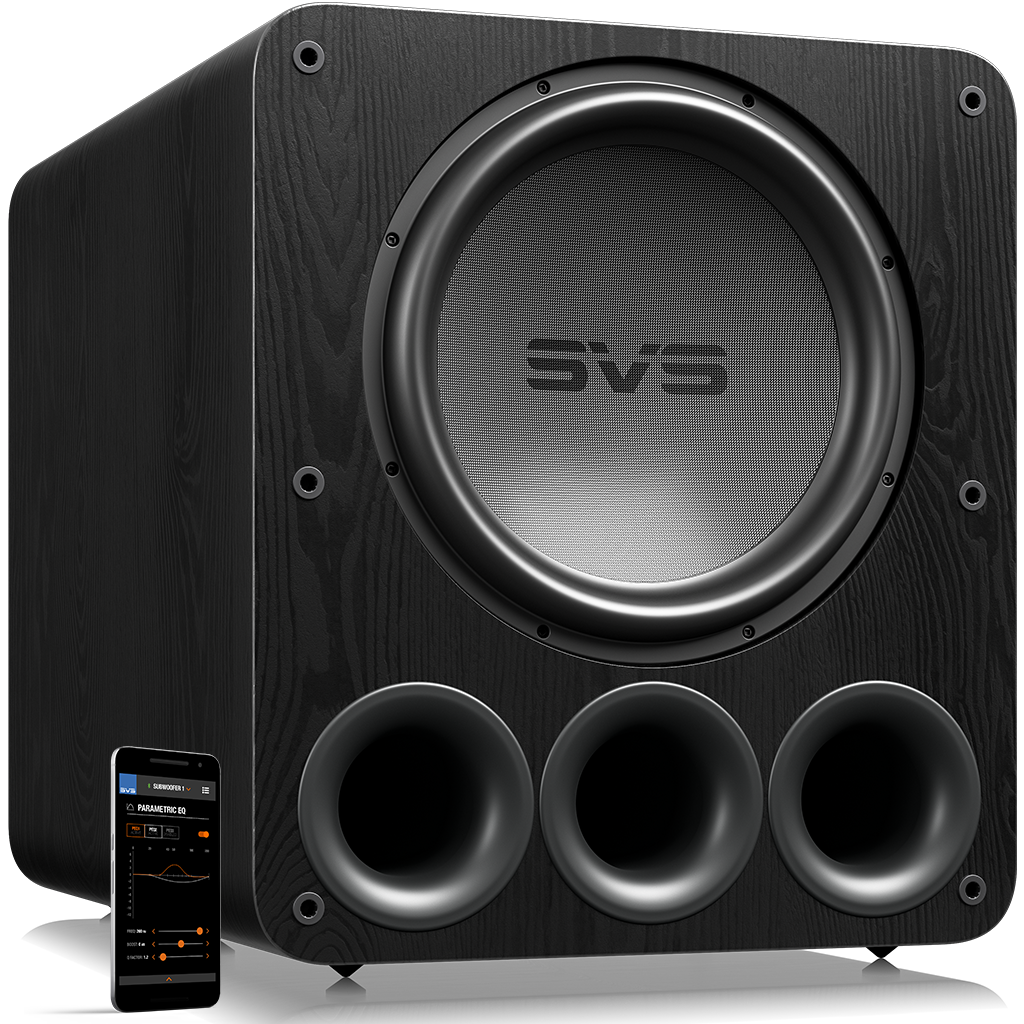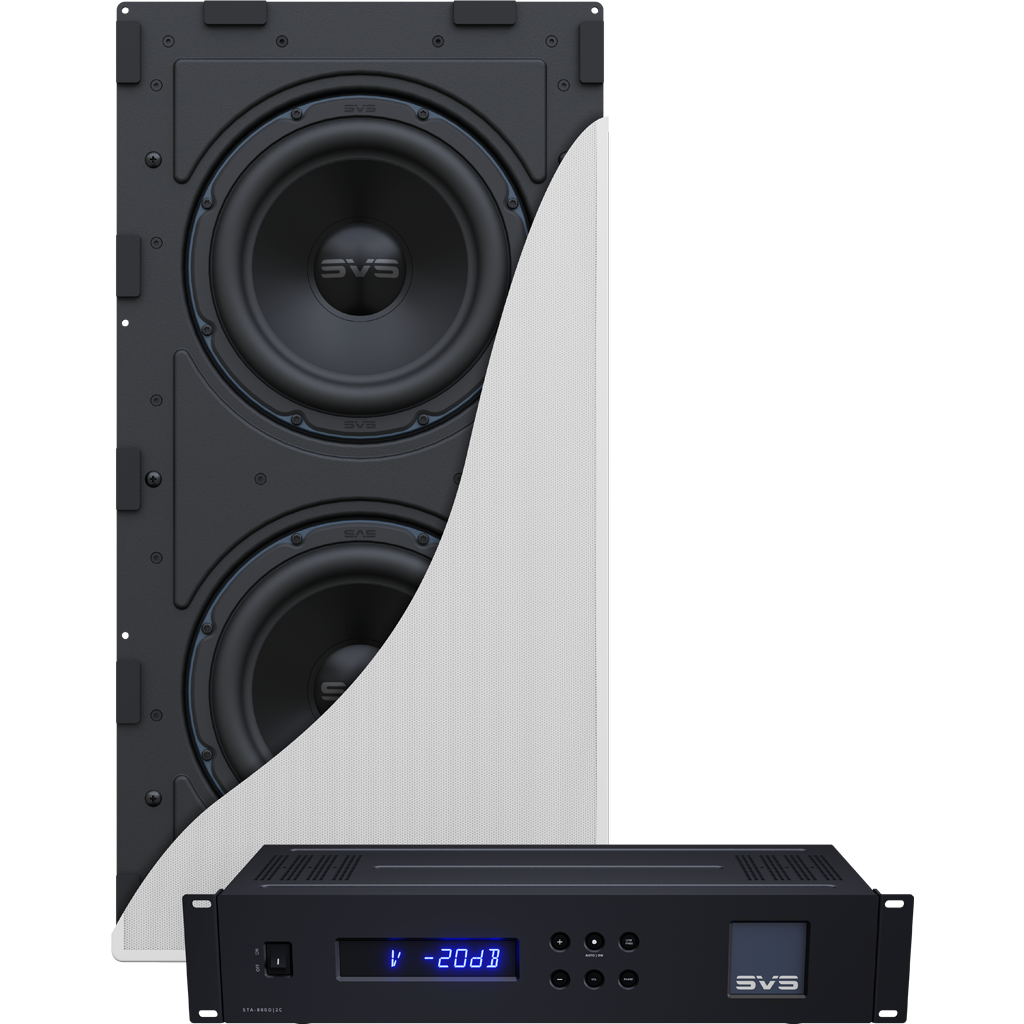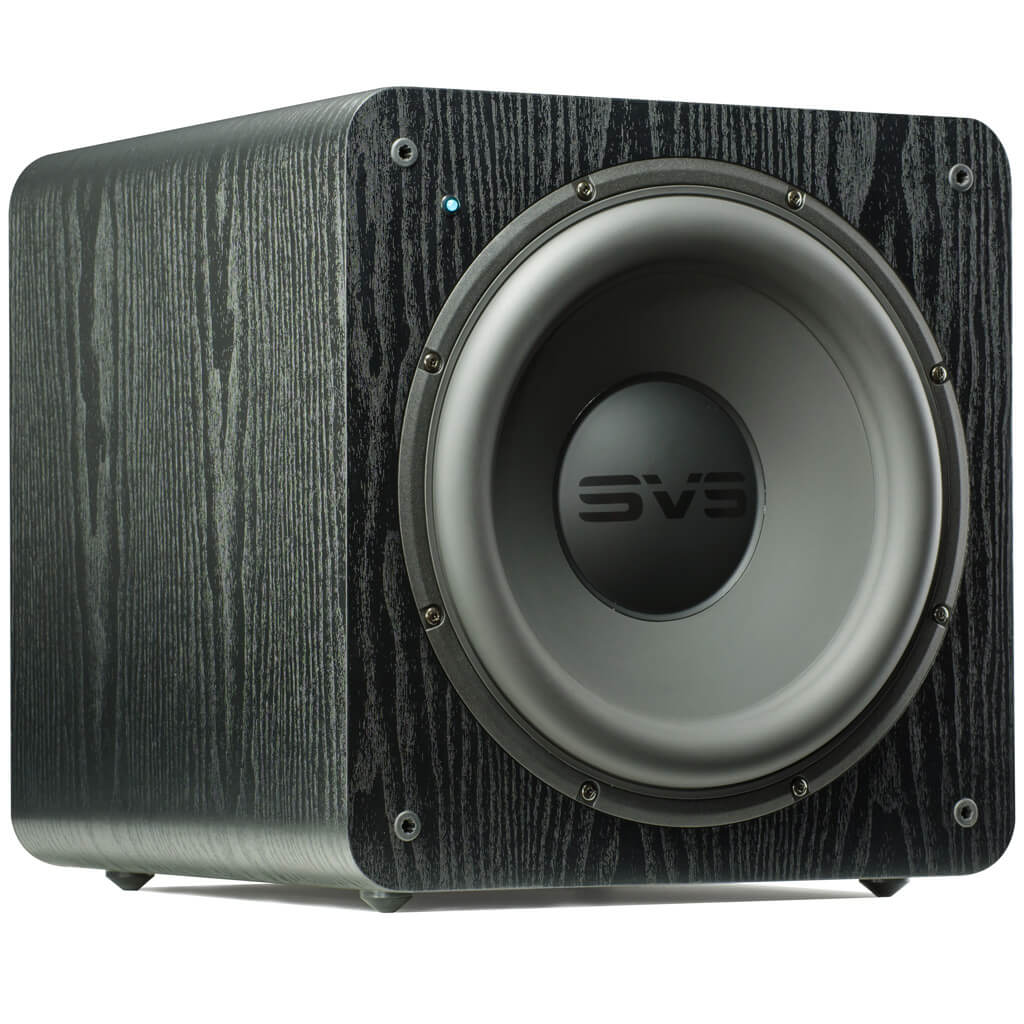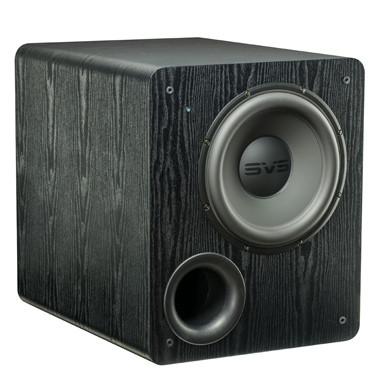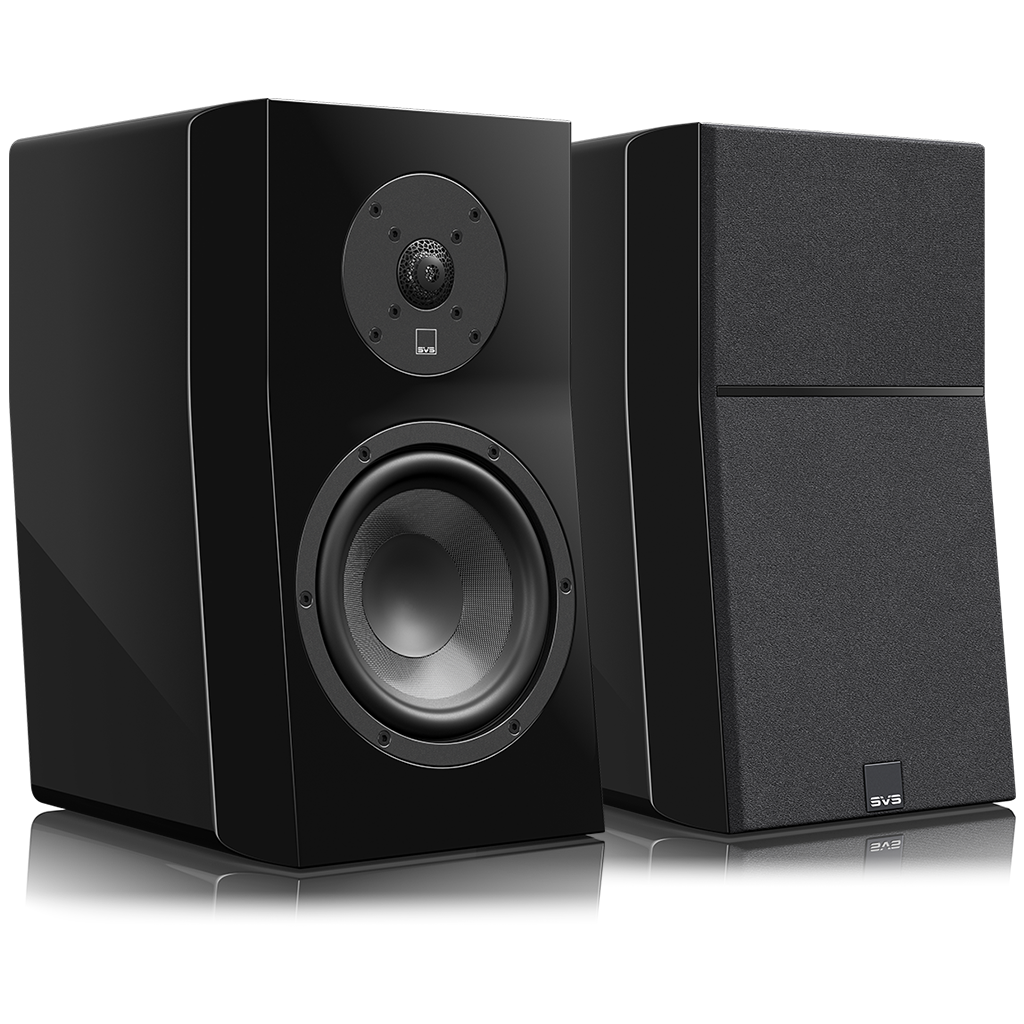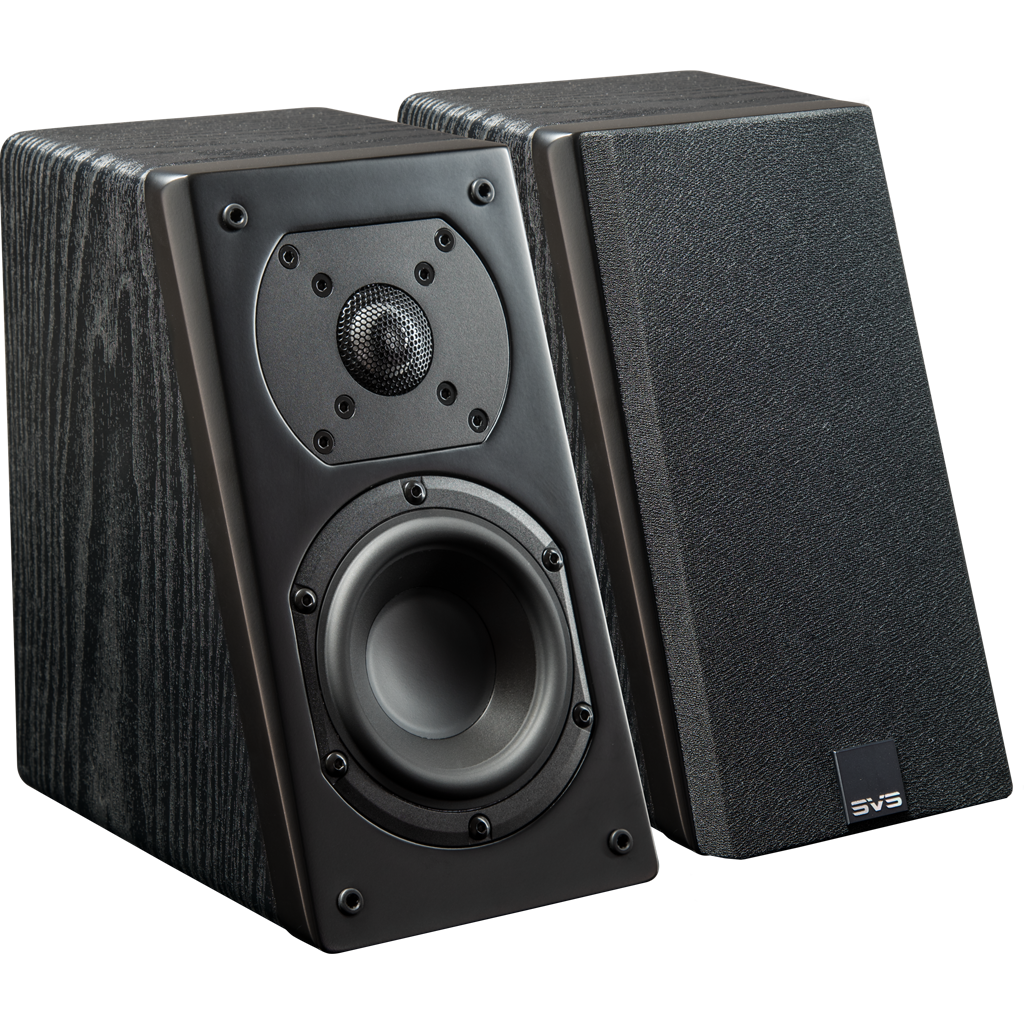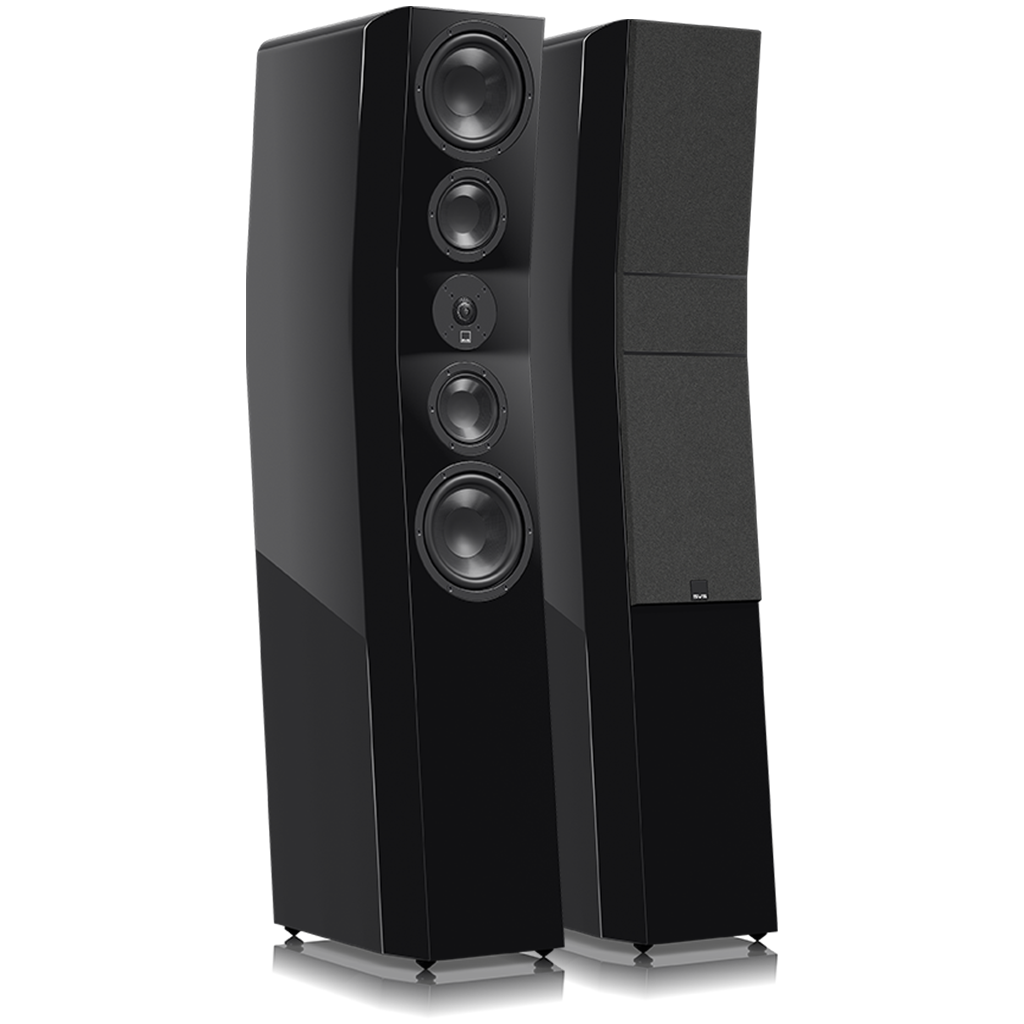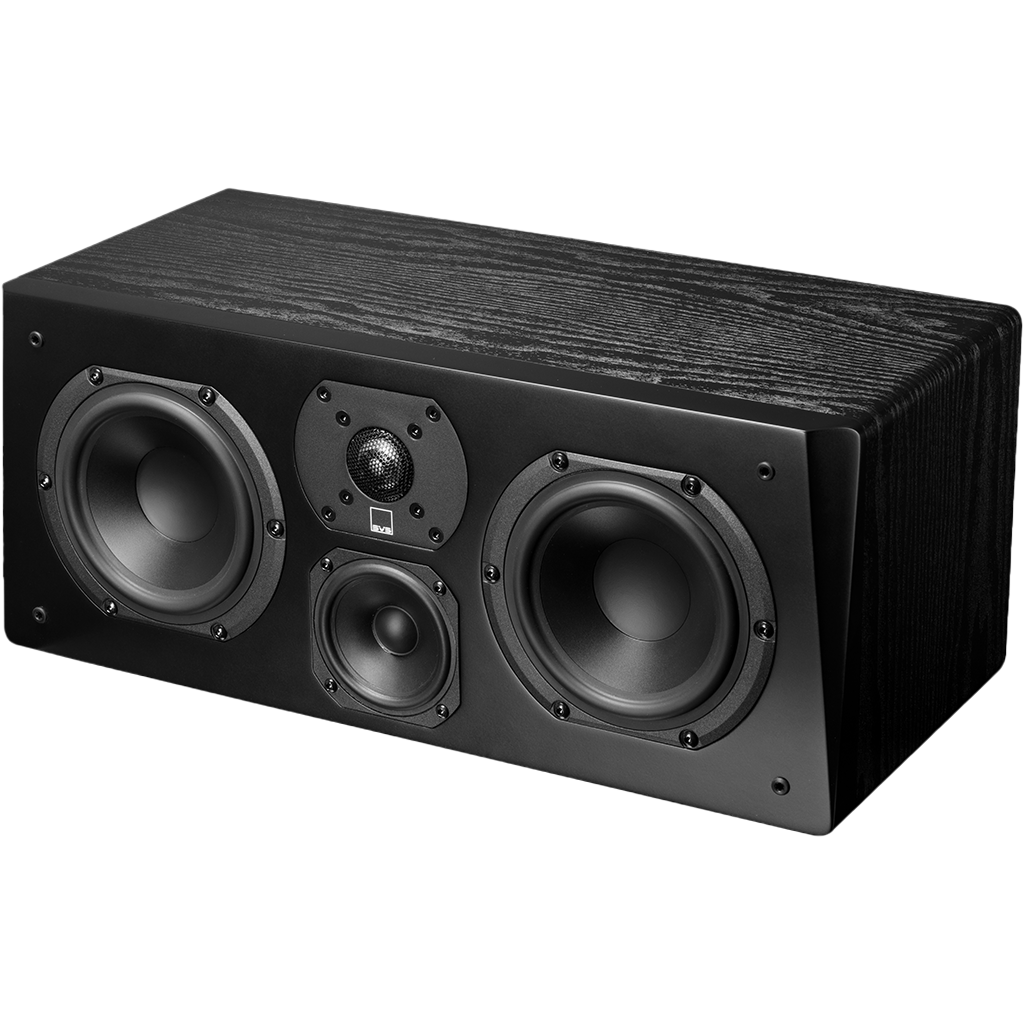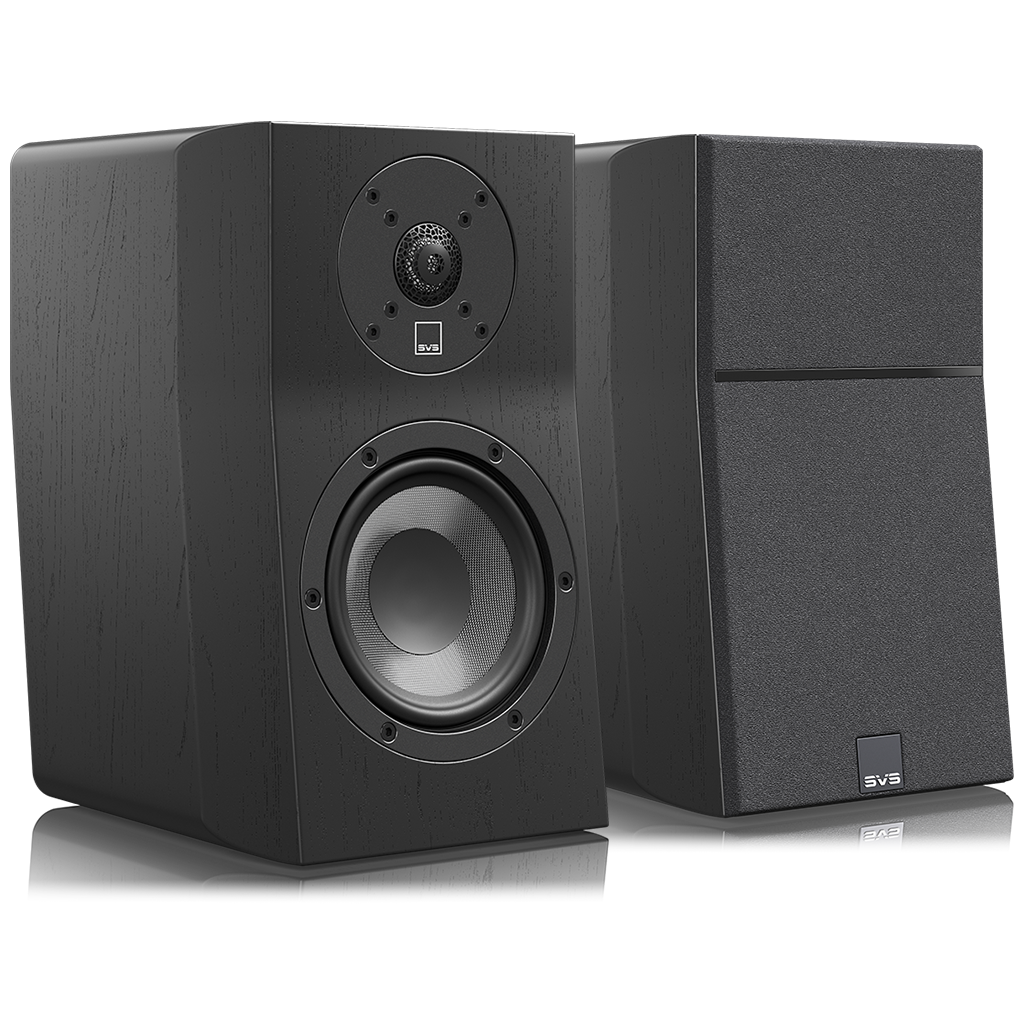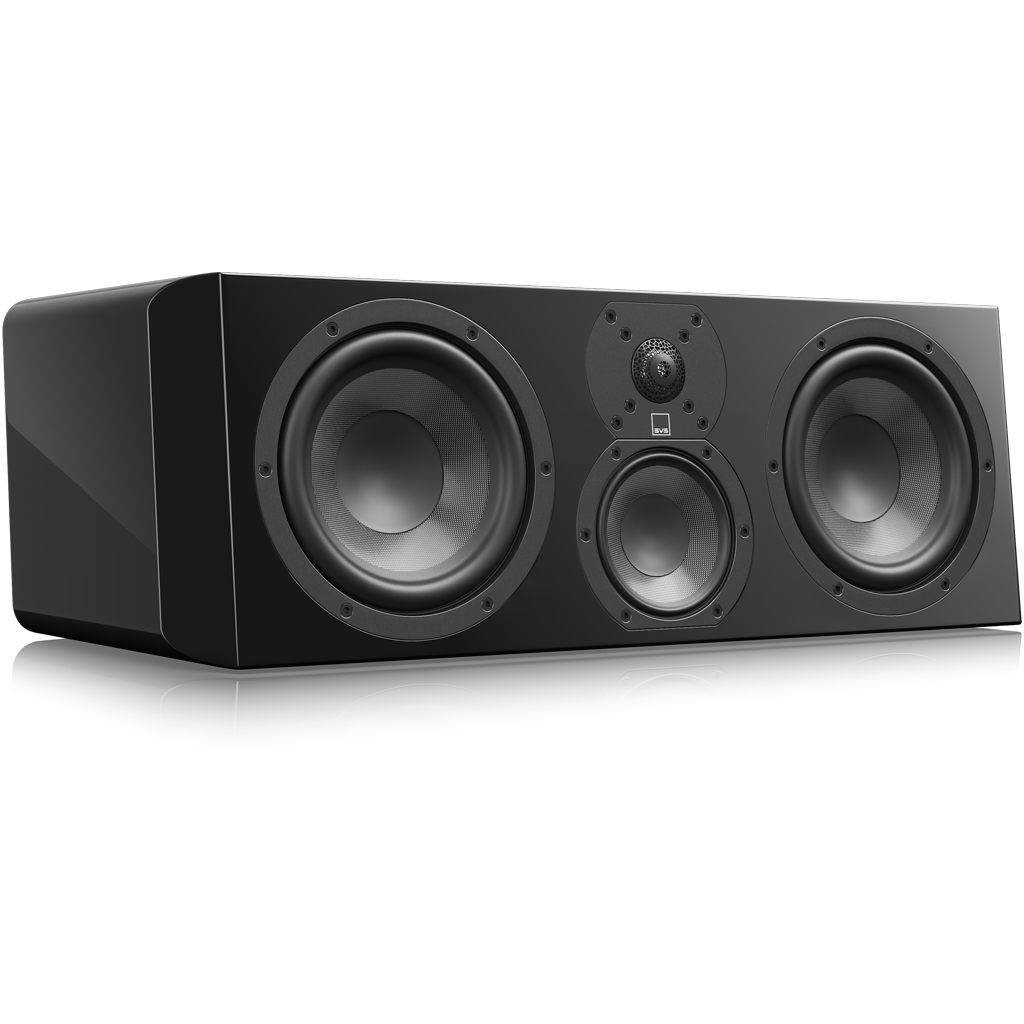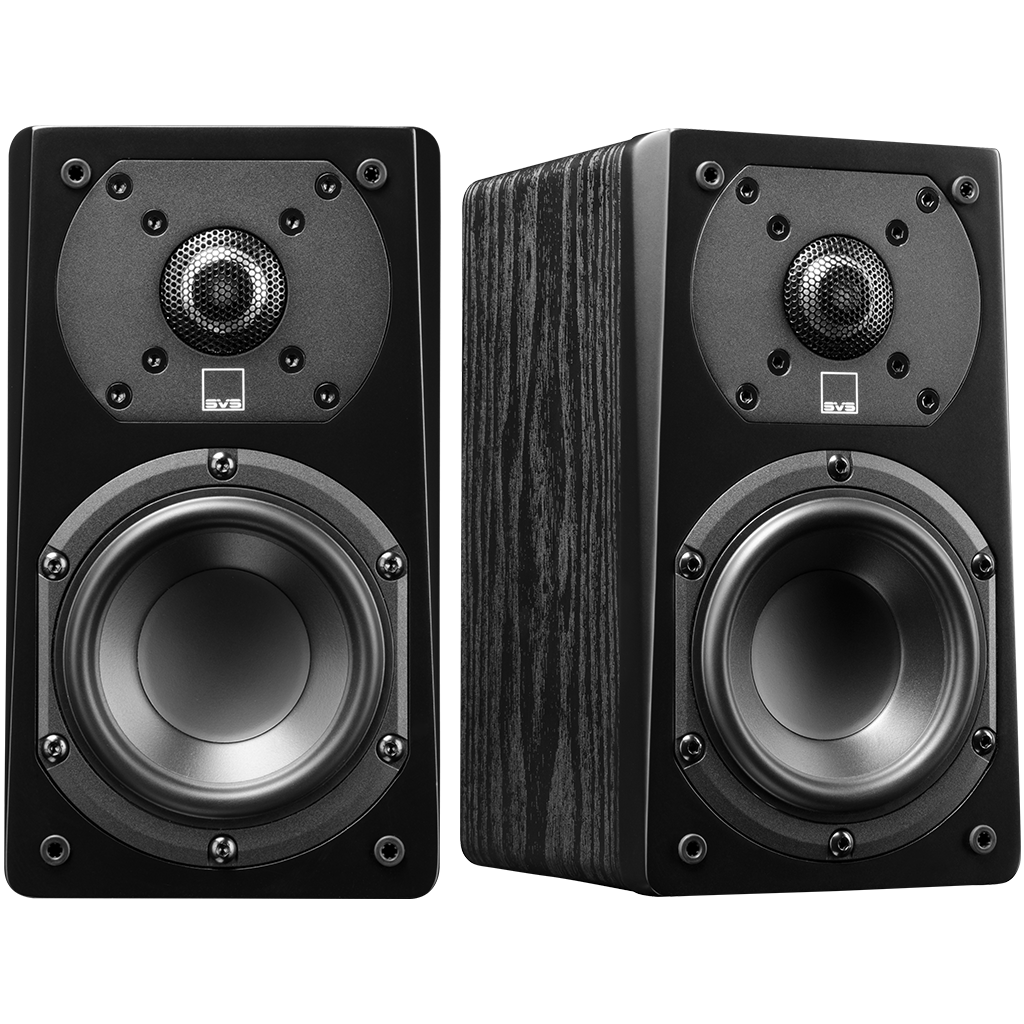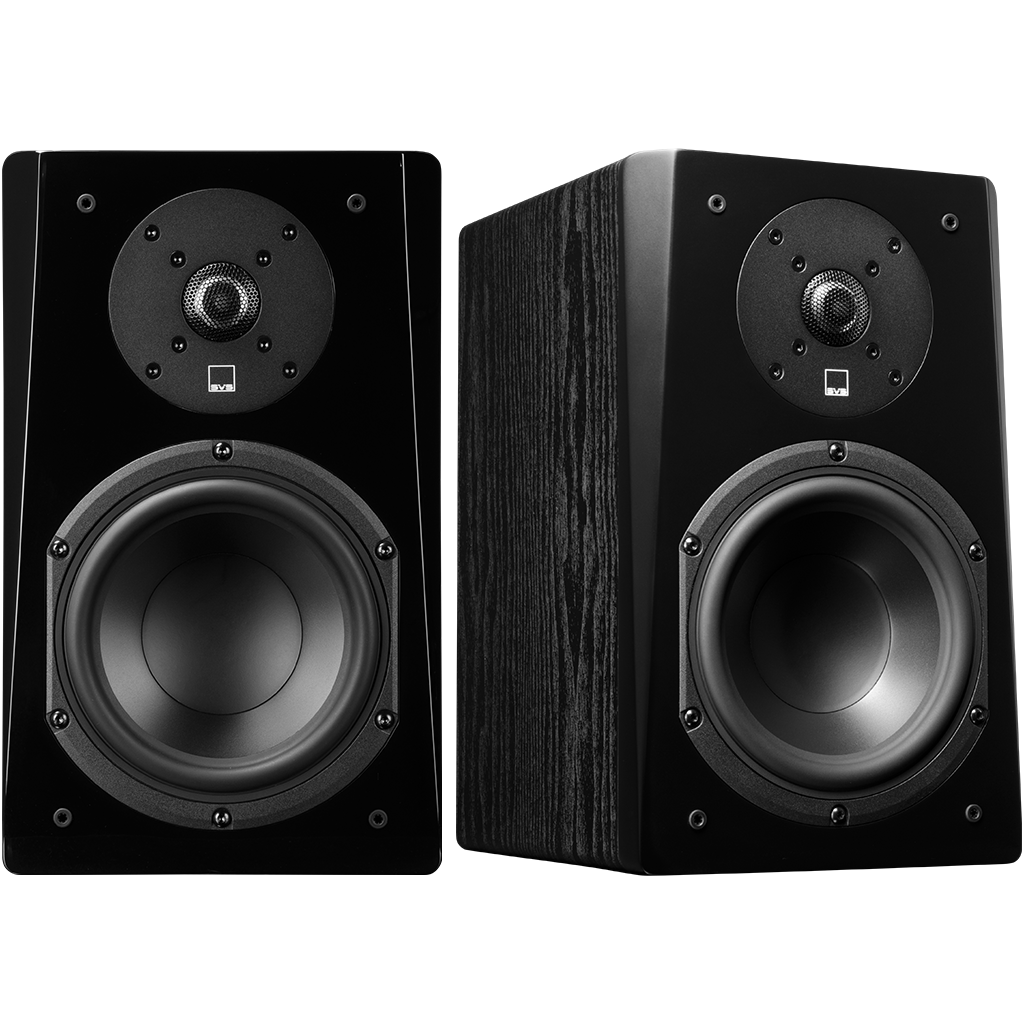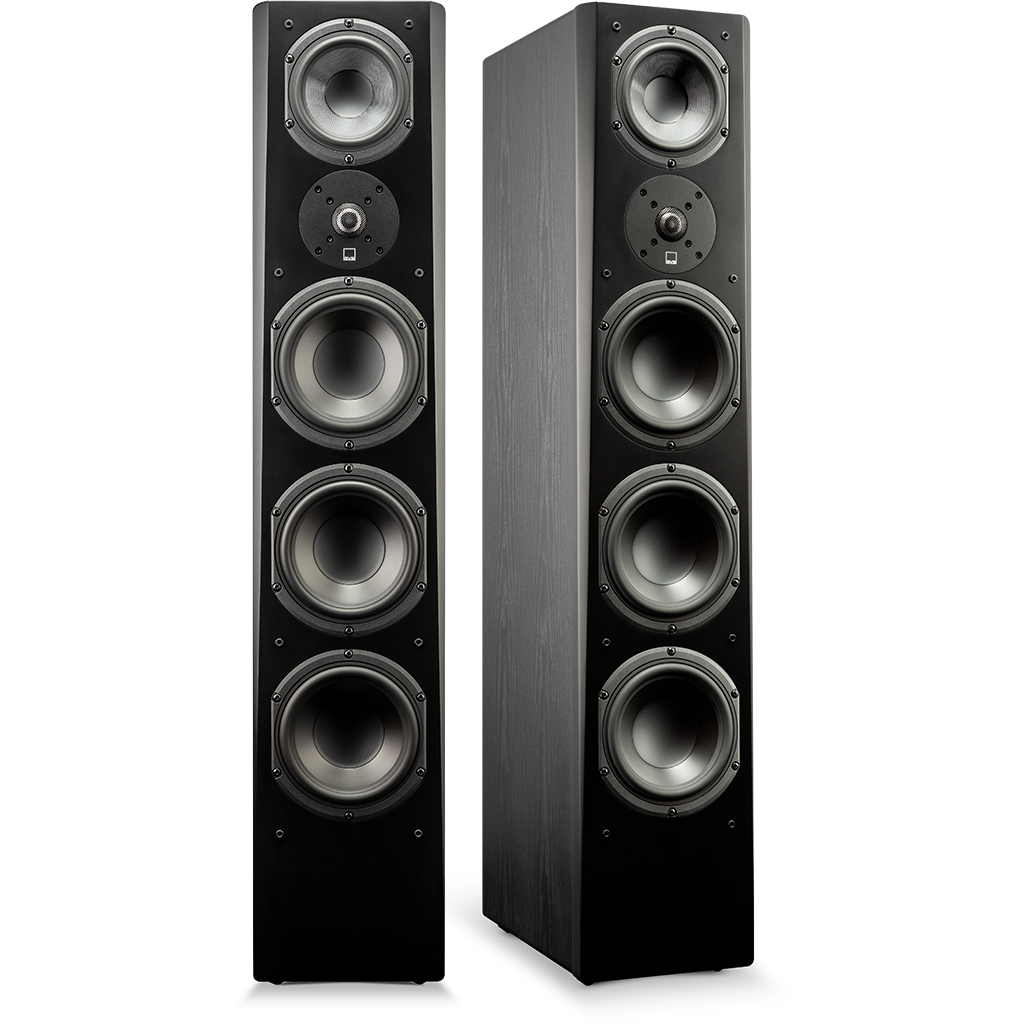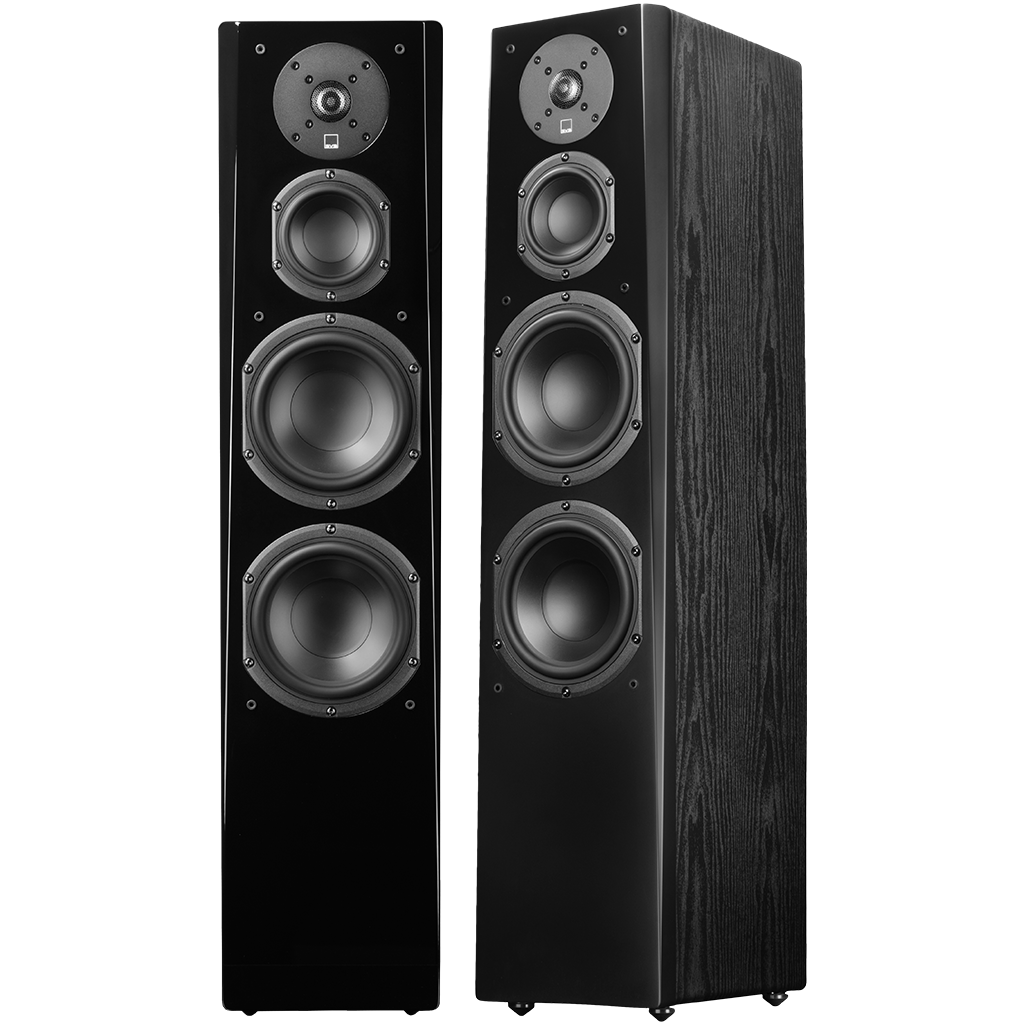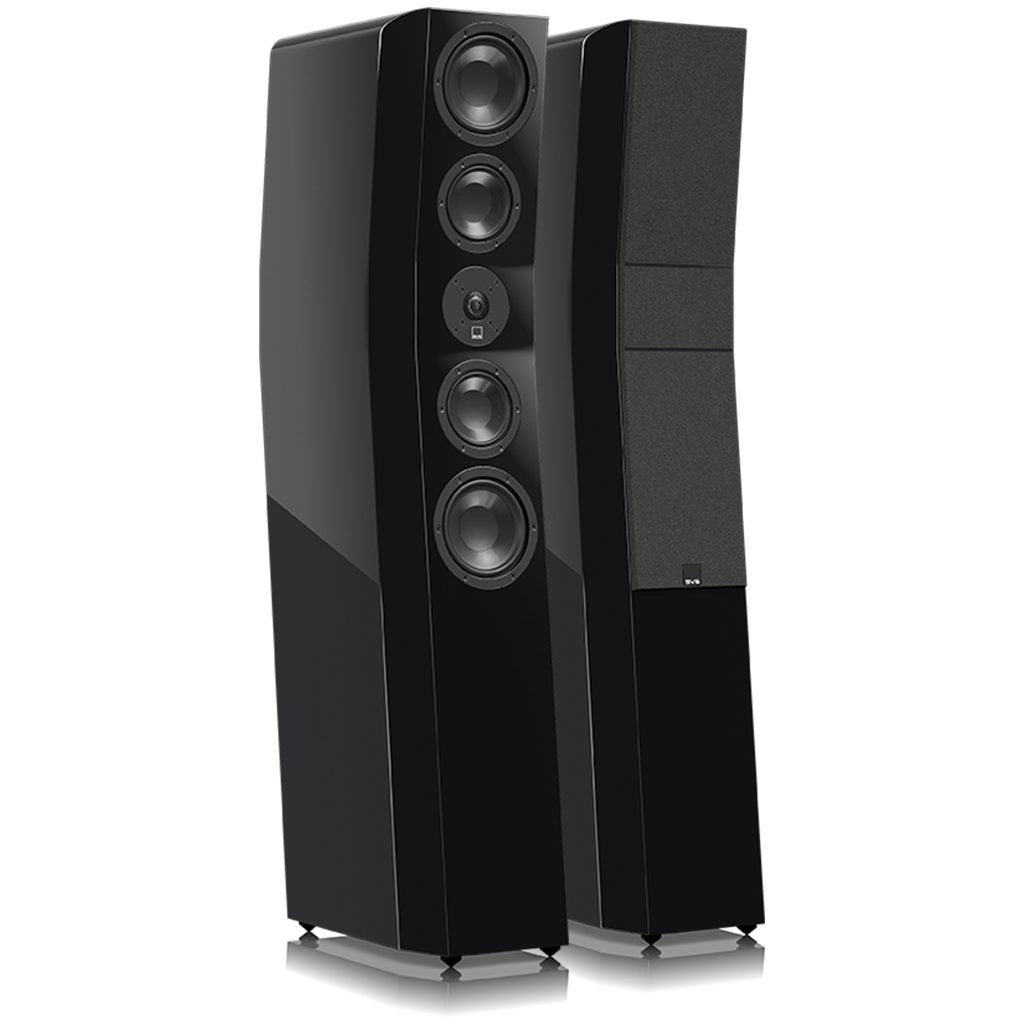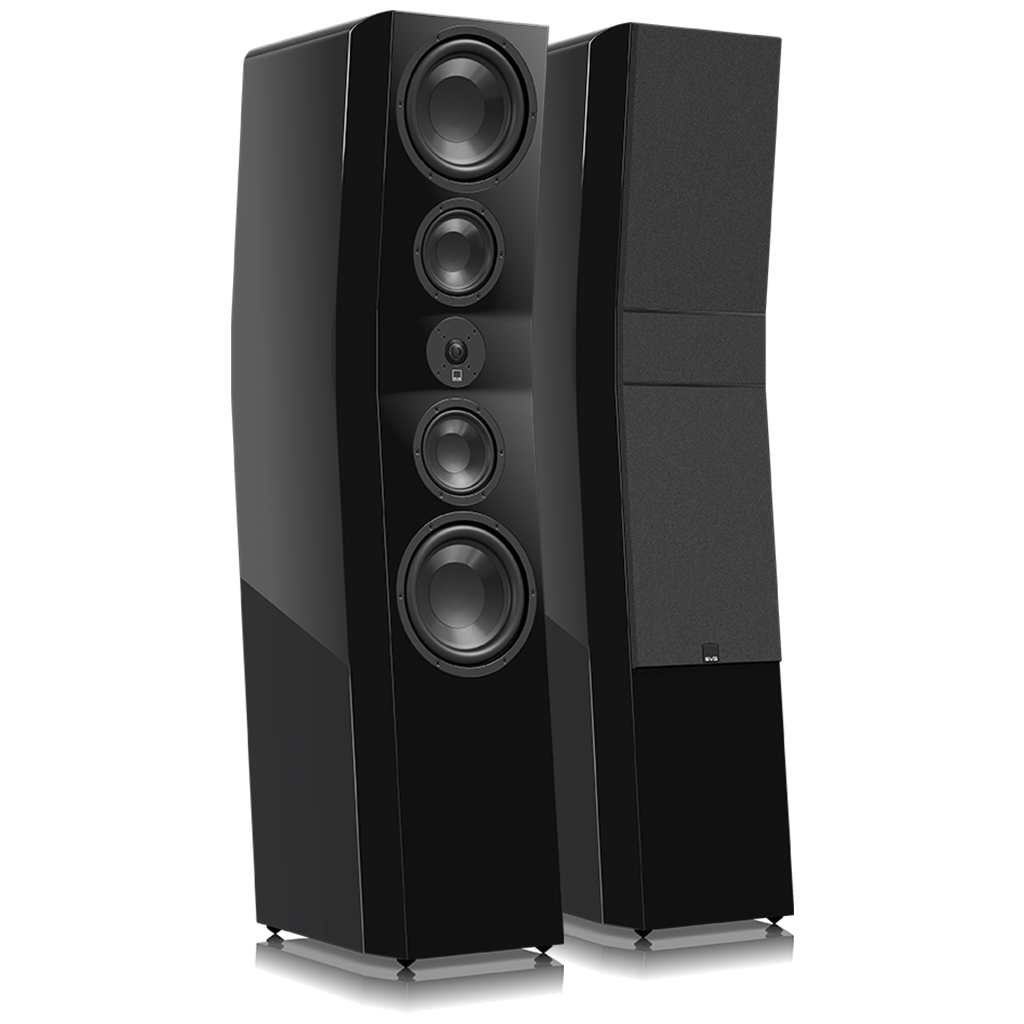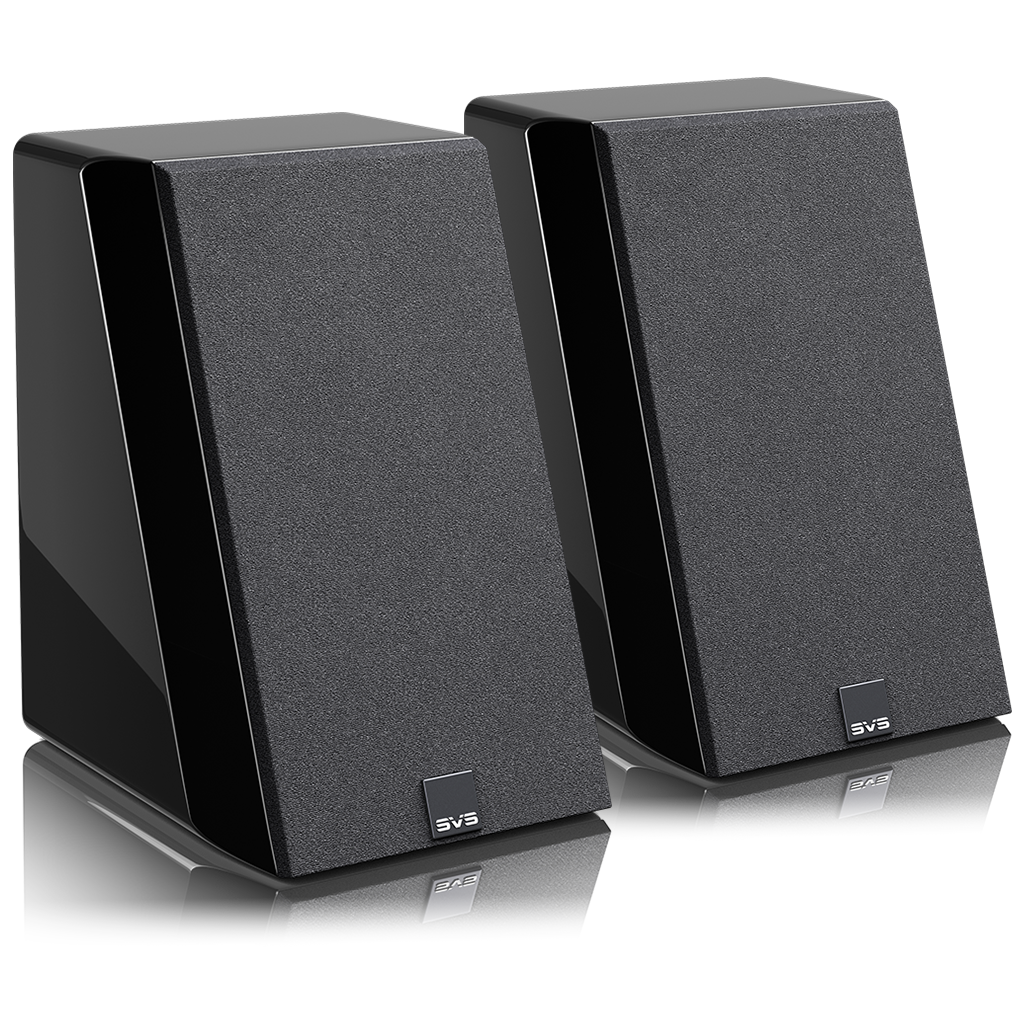Dolby Atmos Elevation Speakers Take Immersive Audio to New Heights
Dolby Atmos® and DTS:X® audio formats are pushing the boundaries of home theater and music beyond a single plane of surround sound into the realm of “object-based surround sound.” The audio formats’ advanced processing algorithms can place and move any sound in the three-dimensional listening space - where it would occur naturally in a real-life environment. Height effects speakers are utilized to create these far more convincing and immersive listening experiences.
A bee buzzing around your head. A helicopter descending behind you. Raindrops falling all around. A disembodied voice calling from afar. Dolby Atmos and DTS:X render a three-dimensional sound field to further suspend your sense of disbelief with head-spinning, duck-for-cover effects that put you right in the middle of the action.
Perhaps the most exciting part, Dolby Atmos and DTS:X content is exploding across all forms of entertainment including movies, TV, music and gaming, so it’s easier than ever to enjoy the thrilling benefits. There has never been a better time to upgrade your home theater system with immersive height effects speakers and Dolby Atmos/DTS:X enabled AV components.
Dolby Atmos Brings Immersive Surround Sound to More People than Ever.
Dolby has been a long-time pioneer and leader in the commercial and consumer surround sound industry. They created the first surround sound speaker technology for the home and developed the first live HDTV broadcast with 5.1-channel Dolby Digital audio as well as countless other innovations, the latest being Dolby Atmos.
Traditional surround sound takes place on a single horizontal plane all around you. The front left and right main speakers are responsible for making you feel like sound is coming from a specific point in space between them and maybe even outside of them, in front of them or even behind them so you get a sense that what you’re seeing on a screen is actually happening all around you, and not coming from two boxes on the sides of your TV. The center channel is typically focused on dialog and any action that’s supposed to sound like it’s coming from the center of the screen. This lets you believe conversations are happening directly in front of you and coming from people’s lips in a convincing way.

Rear and side surround speakers are responsible for creating a sense of place. The feeling that you are in the middle of the action with sound coming from behind you as well as ambient sounds that allow you to surrender yourself to being somewhere, whether it’s onstage or in the studio with musicians or immersed in the middle of a movie. If a home theater is properly set up with all of these elements, the experience becomes much more realistic and more people in a room can enjoy convincing and immersive sound emanating from all around versus a 2-channel stereo system, soundbar or other home audio solution, which have a much smaller “sweet spot” or sound. For a deeper look at how surround sound systems enhance the entertainment experience, check out our article on What Defines an Immersive Home Theater Speaker System.
Dolby Atmos adds an entirely new dimension to home theater surround sound by incorporating sound that moves around you in three-dimensional space, including from above, so you feel like you're inside the action. Rather than being constrained to channels, sounds can be precisely placed and moved anywhere in the soundfield resulting in a full audio atmosphere that realistically depicts objects moving overhead and on all sides of you. One of the best things about all of this is that Dolby Atmos content is becoming more and more prevalent across all forms of entertainment making it a better time than ever to upgrade your home audio system with height effects speakers.
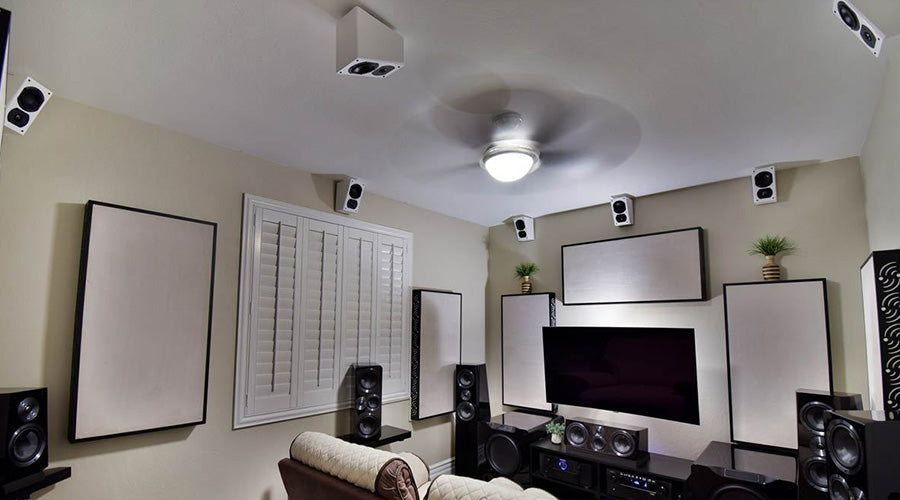
Dolby Atmos is currently available on most new Blu-ray releases and older movies are being remixed with this format, all of which can be found on the Dolby site. Atmos content is also available on Netflix, Amazon Prime Video, YouTube, Hulu Plus, Facebook, Pandora Internet radio and Vudu. For most services, Atmos content is available as part of the premium tiers. More information about streaming sites that broadcast Dolby Atmos can be found here.
More recently, Dolby Atmos music technology has emerged so you can enjoy the benefits of more immersive sound with no picture or screen required. Think of it as a room being painted with various song vocals, digital sound effects and instrumentals, and then Dolby Atmos allowing you to hear it all blended seamlessly but also from individual points in space. A bass guitar to the left, drums behind you, backup singers off to the right. It’s a much richer tapestry for storytelling and creating a more complex sonic signature to draw you into the artistry of music.
Dolby Atmos Music can now be streamed online via the new Amazon Music HD service. Dolby Labs is also partnering with big name recording labels like Universal Music Group to master and re-release thousands of tracks in the Atmos Music format. Exciting times are ahead for immersive music listening, but only if you have a home audio system equipped to reap the benefits.
DTS:X – Home Theater Sound Gets Real.
DTS has been an important innovator in the audio industry since it introduced its master-quality digital surround sound format with the release of Steven Spielberg’s blockbuster, “Jurassic Park.” Over the years DTS continued to innovate and improve its surround technologies for theaters and home AV products. DTS unveiled DTS:X, its immersive audio technology that places sound where it would occur naturally in 3D space, creating a lifelike, multi-dimensional audio experience.
DTS also supports traditional 5.1, 7.1 and other surround sound processing, and with the addition of DTS:X, you have nearly unlimited flexibility with how and where height effects speakers can be installed to create an immersive home theater audio system.
Current DTS:X AV receiver and hardware partners can be found here, and all DTS:X Blu ray releases can be found here.
How to Enjoy Dolby Atmos and DTS:X In Your Home Theater System.
The good news for movie and music lovers is that you don’t have to choose between Dolby Atmos and DTS:X because every AV Receiver that has Dolby Atmos also almost certainly has DTS:X processing capabilities. We don’t know of one that doesn’t support both formats so you never have to fear missing out on content based on not having properly equipped hardware. Blu-ray discs, streaming services and other sources may feature one format or the other, but it won’t affect your ability to enjoy it. Stand-alone streaming hardware devices like Roku, Amazon Fire, Apple TV and Nvidia Shield are also capable of processing Dolby Atmos soundtracks so there are plenty of options available depending on your needs and preferences.

If you have legacy Dolby Digital or DTS content that is not Atmos or DTS:X encoded, that’s OK. Both Dolby Digital and DTS have developed their own unique ‘up-conversion’ algorithms (Dolby Surround and Neural:X, respectively) which recognize the legacy soundtrack format and then up-mix it to take full advantage of the height effects channels. Just check your AV Receiver or Blu-Ray player’s audio settings for “auto-decode” or something similar and adjust accordingly.
Height Effects Speaker Technology:
Up-Firing Ceiling-Bounce vs. SoundBar Virtualization vs. Direct-Radiating.
There are three primary approaches to delivering the height effects present in object-based surround sound content. Dolby Atmos and DTS:X rely on a combination of conventional “ear-level” surround speakers (front, center, surround and surround-back) combined with two, four or even six height effects speakers to complete the three-dimensional sound field.
The clear-cut, uncompromised approach to executing height effects are direct radiating speakers that are installed above you either in/on the ceiling or high on a side/front wall, angling down. More on that later, let’s run through the other solutions first.
Dolby advocates bouncing the sound from speakers placed near ear level off the ceiling and back to the listening position. This is intended to create the illusion that sound effects are coming from overhead. In order to work, the bounce approach requires a flat ceiling; sloped and vaulted ceilings or exposed beams/rafters are a non-starter. Also, the reflective properties of many ceilings (e.g., suspended ceiling tiles, textured coatings) are simply too unpredictable to provide the intended effect.
The problem with this approach is that any anomalies or unique characteristics in your ceiling or listening positions can make the approach completely ineffective. The ceiling bounce method can also be negatively affected by the height of the ceilings and the distance of the listening position from the speakers. Even with a perfect room, in a real-world listening environment, the “sweet spot” where convincing overhead sound effects can be heard when reflected off of the ceiling is small, making it less than ideal for many listening areas. Further, the ceiling bounce approach is not specifically supported or endorsed by DTS, which utilizes only direct-radiating overhead speakers for reproducing height effects.
Dolby Atmos Virtualization and DTS Virtual:X are newer technologies available primarily on Soundbars that use advanced algorithms to virtualize the height effects. One tech blog said, “It uses psychoacoustic sound tricks to virtualize the effects of having overhead speakers.” With limited availability in products, the jury is still out on how convincing the virtual approach can be, but it is bringing a lot of attention to object-based surround sound.
For optimal performance, a direct-radiating height effects speaker, like the SVS Prime Elevation, provides a much more convincing experience. Whether placed high on a side wall or installed directly on the ceiling, Prime Elevation delivers full range output in any room, without the compromises or limitations of the ceiling bounce approach. Plus, it works equally well with both Dolby Atmos and DTS:X content. For more information about direct radiating height effects speakers, you can learn more here.


Further, Prime Elevation can be used as a conventional side and rear surround sound speaker for perfect timbre and voicing matching of all surround and height information. With an optimized angled front baffle, refined acoustics, full range dynamics and a simple yet highly effective mounting bracket allowing four cabinet orientations – Prime Elevation is the most versatile and best sounding Dolby Atmos and DTS:X height effects speaker available.
Height Effects and Surround Speaker Placement.
Dolby Labs has a revised Speaker Set-Up Guide webpage showing a combination of conventional surround, up-firing and down-firing height effects set-ups.
Dolby also has a deep-dive Home Theater Installation Guide with more detailed guidance, including the recommended height for the surround and surround-back channels.
The most common Dolby Atmos surround sound set-ups are:
- 5.1.2 - 5.1 speaker configuration with two (2) overhead height effects speakers.
- 5.1.4 - 5.1 speaker configuration with four (4) overhead height effects speakers.
- 7.1.2 – 7.1 speaker configuration with two (2) overhead height effects speakers.
- 7.1.4 – 7.1 speaker configuration with four (4) overhead height effects speakers.
If you’re looking to upgrade your home audio system with a DTS:X or Dolby Atmos speaker upgrade, check out the various SVS speaker systems, all of which can be paired with SVS Prime Elevation speakers for height effects.
Not every room and application will allow perfect placement of all surround channels – so if you have questions about what will work best for your specific set-up, ask in the comments or contact the SVS Sound Experts for advice and guidance to optimize the sound and performance of your system.
SVS President Gary Yacoubian Discusses SVS Prime Elevation



